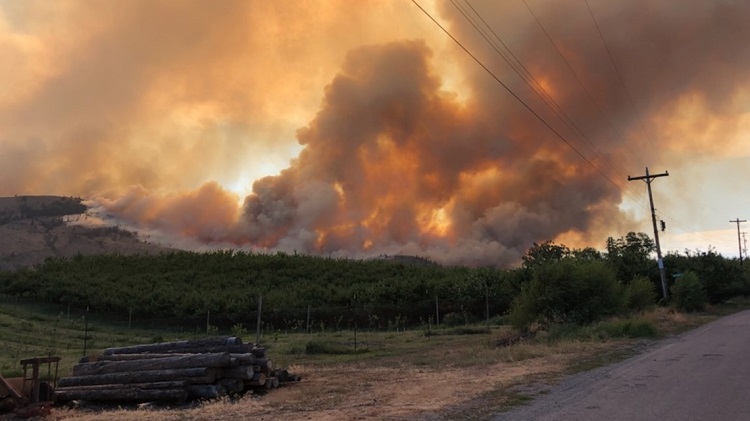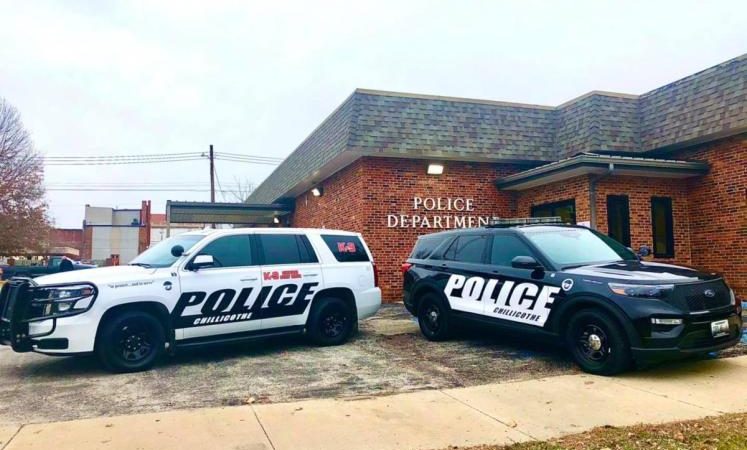Okanogan County Burn Ban

Okanogan County, nestled in the heart of Washington State, is renowned for its breathtaking landscapes, diverse ecosystems, and a rich cultural heritage. However, the region faces challenges, particularly during dry seasons when the risk of wildfires escalates. To mitigate these risks, Okanogan County regularly imposes burn bans, a crucial measure aimed at safeguarding lives, properties, and the environment.
The Significance of the Burn Ban
The imposition of a burn ban in Okanogan County is not merely a precautionary measure; it’s a necessity dictated by the region’s climatic conditions and past experiences. The county frequently encounters hot, dry summers, making it highly susceptible to wildfires. These fires, often sparked by outdoor burning activities, can swiftly spiral out of control, endangering communities, wildlife habitats, and natural resources.
The burn ban, enforced by local authorities, restricts outdoor burning, including campfires, yard debris burning, and agricultural burns. By limiting these activities, the ban aims to curb the accidental ignition of fires and prevent them from spreading uncontrollably, reducing the potential for catastrophic wildfires.
Protecting Lives and Properties
The safety of residents and their properties remains a paramount concern during the implementation of the burn ban. Uncontrolled fires pose a direct threat to homes, businesses, and infrastructure. By imposing restrictions on outdoor burning, authorities aim to minimize the risk of fires spreading, thus safeguarding both residential and commercial areas from devastating consequences.
Moreover, reducing the incidence of wildfires through burn bans ensures the preservation of crucial emergency resources. Firefighting teams can concentrate their efforts on proactive measures, early containment, and swift response to any unforeseen emergencies, thereby enhancing overall safety within the county.
Preserving the Environment
The environmental impact of wildfires cannot be overstated. These catastrophic events result in the destruction of vast swaths of forests, damage to natural habitats, and the release of harmful emissions into the atmosphere. Okanogan County’s burn ban serves as a proactive step in preserving the region’s pristine environment.
By preventing uncontrolled fires, the ban aids in the conservation of wildlife habitats, protects endangered species, and maintains the ecological balance within the county. Additionally, reducing air pollution caused by wildfires contributes to better air quality, ensuring the well-being of both residents and the diverse flora and fauna inhabiting the area.
Community Collaboration and Compliance
The success of the burn ban relies heavily on community participation and compliance. It’s crucial for residents, businesses, and visitors to adhere to the restrictions set forth by the authorities. Community engagement through awareness campaigns, education on fire safety, and responsible environmental stewardship plays a pivotal role in ensuring the effectiveness of the ban.
Moreover, fostering a culture of mindfulness towards the environment and fire safety practices can significantly reduce the likelihood of accidental fires, even beyond the duration of the imposed ban.
Conclusion
The Okanogan County burn ban is a crucial strategy aimed at mitigating the risks associated with wildfires during dry seasons. Its implementation underscores the collective responsibility to protect lives, properties, and the environment. By adhering to these restrictions and fostering a culture of fire safety and environmental consciousness, residents and visitors alike can contribute significantly to the preservation of Okanogan County’s natural beauty and safety for generations to come.






